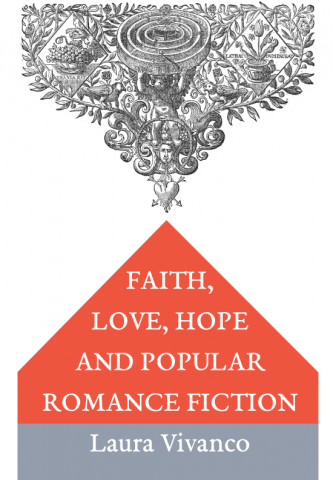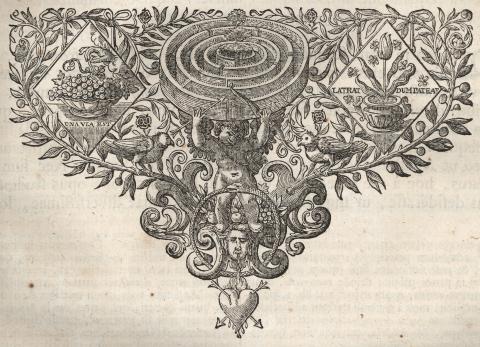Faith, Love, Hope and Popular Romance Fiction (2020) can be downloaded as a free pdf or read via this website. A paperback edition of the book can be purchased directly from Lulu.com or from other sites e.g. the Book Depository or Amazon (UK) (US).
It explores romance novels from a theological perspective and suggests a new definition of the romance novel to complement other definitions which focus on structural elements: "modern popular romances are novels whose authors have assumed pastoral roles, offering hope to their readers through works which propagate faith in the goodness and durability of love."
The first section of the book is a general overview of how romance authors offer hope and pastoral care to their readers through works which propagate faith in the goodness and durability of love.
The second section explores some aspects of faith, hope, love and pastoral care in more detail: words and power; the different "faith" traditions in the precursors to the modern romance; what it means to hope for a "prince" as saviour; damnation as the absence of love, and metaphorical devils and hells; false or damaging forms of love and how to discern them. This section is primarily composed of chapters which focus on specific texts: Piper Huguley's A Precious Ruby (2015); Rose Lerner's In for a Penny (2010); Alyssa Cole's A Princess in Theory (2018); Nora Roberts' Three Sisters trilogy (2001-2002).
The contents are as follows:
- Faith
- Love
- Hope
- Pastoral Care
- Further Explorations (this is a brief overview of the chapters which follow)
- Words and Power: Piper Huguley's A Virtuous Ruby
- Ecstatic and Legalistic Literary Traditions: Rose Lerner's In for a Penny
- Metaphors of Hope: Princes and Alyssa Cole's A Princess in Theory
- “Come unto me, all ye that labour and are heavy laden, and I will give you rest” (Matthew 11:28)
- “Thou art my hiding place and my shield” (Psalm 119: 114)
- “Behold the fowls of the air: for they sow not, neither do they reap, nor gather into barns; yet your heavenly Father feedeth them. Are ye not much better than they?” (Matthew 6:26)
- Metaphors of Hope: Saving the Damned and the Devilish
- Love and rules "to prevent its aberrations": Nora Roberts’ Three Sisters Trilogy
- Conclusion


